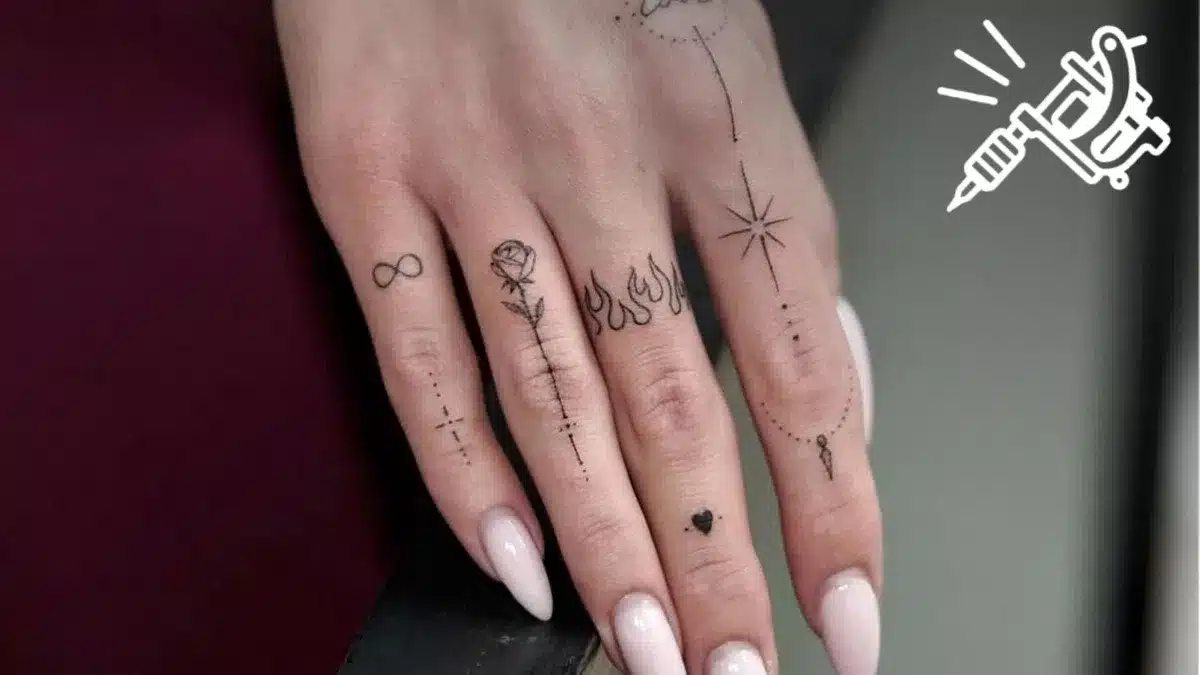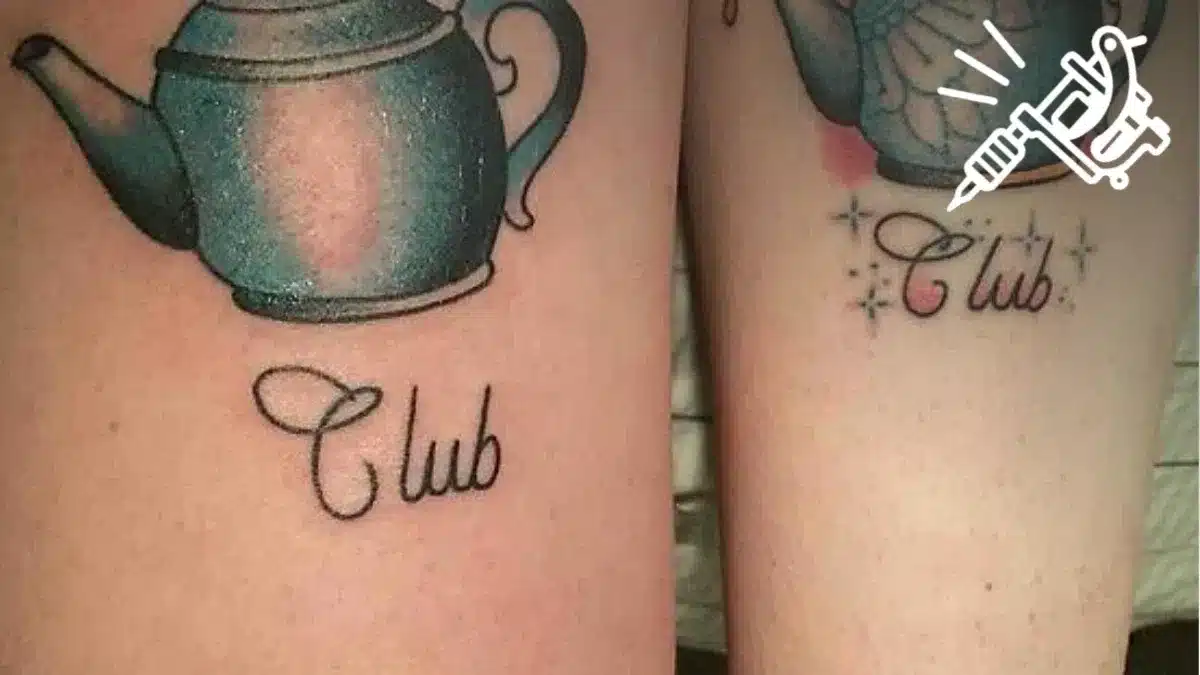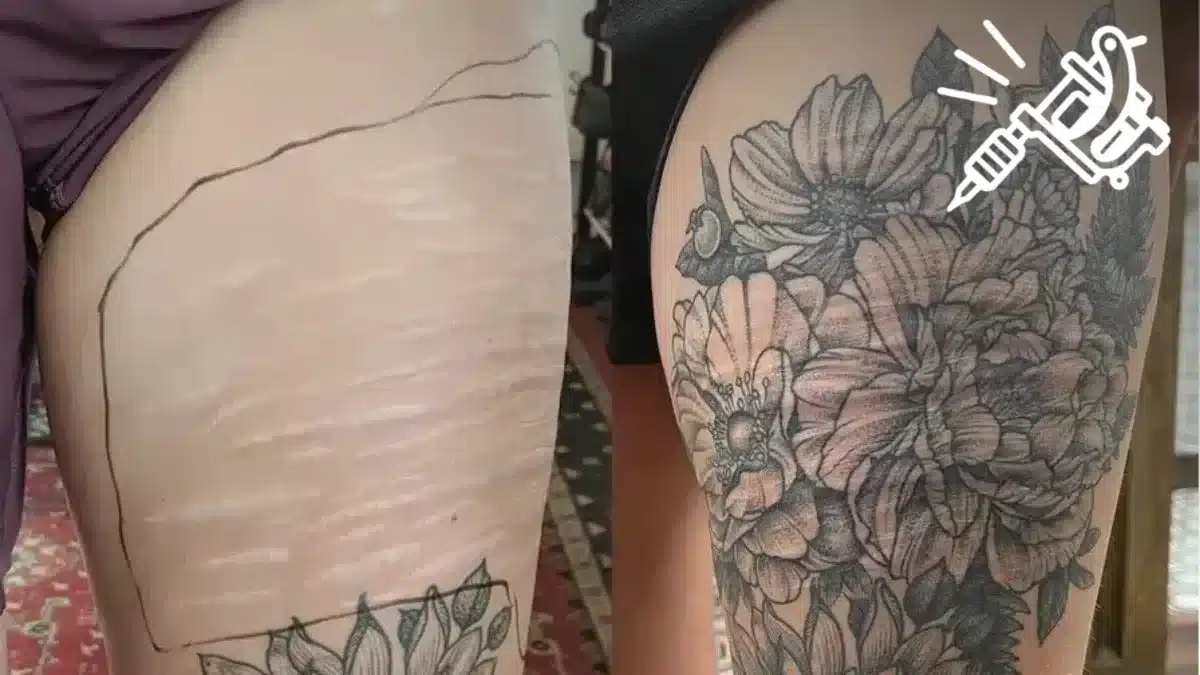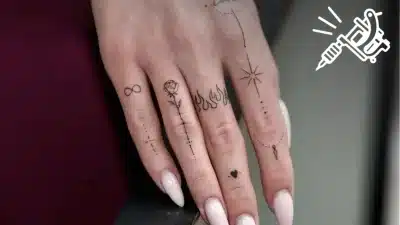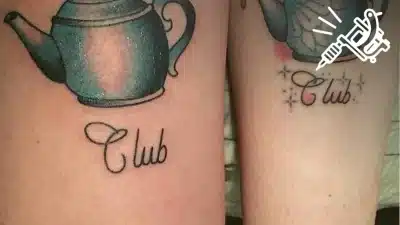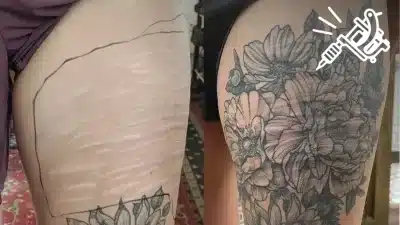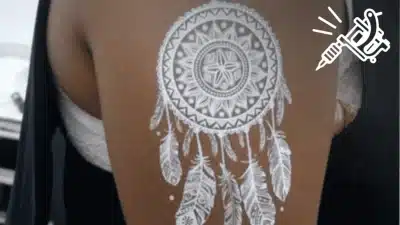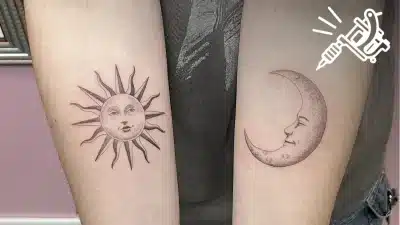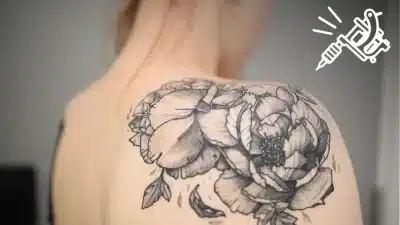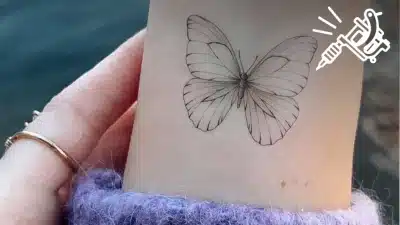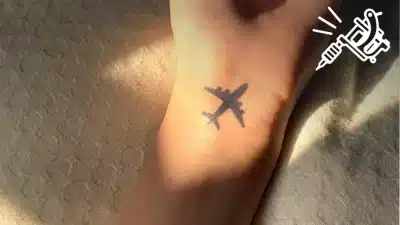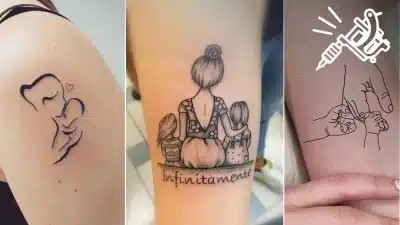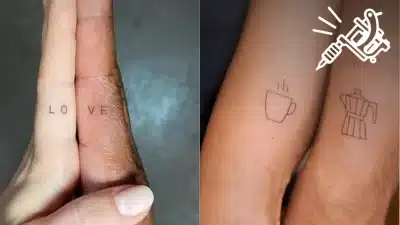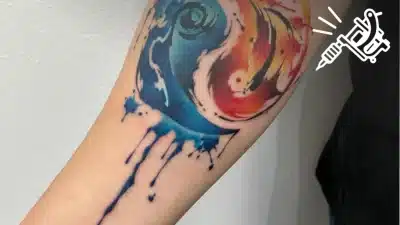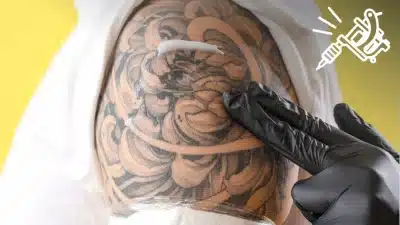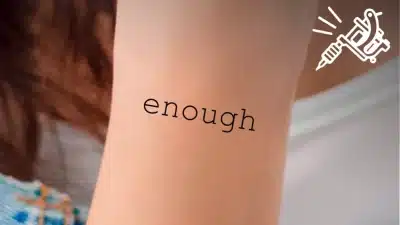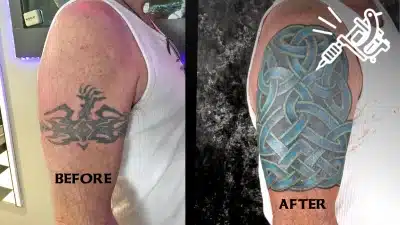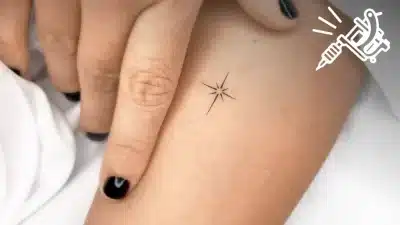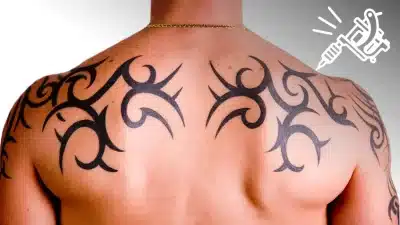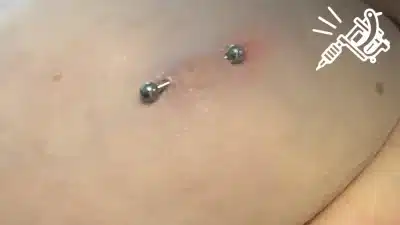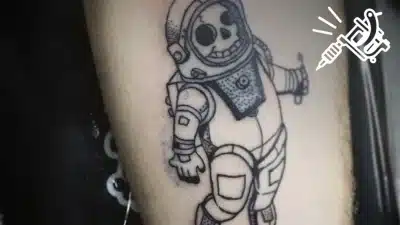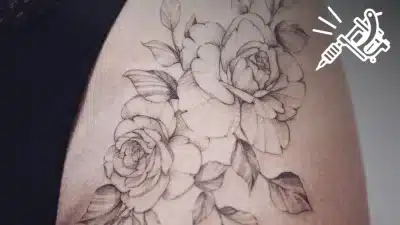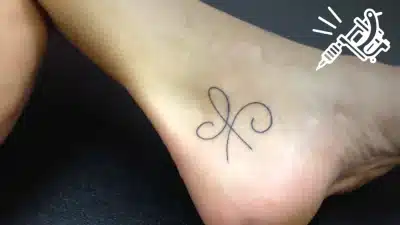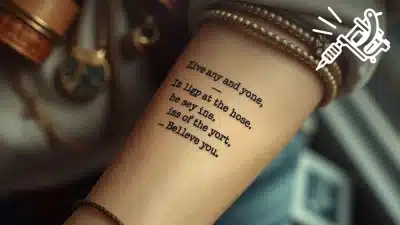Nipple piercings are having a quiet resurgence—edgy, elegant, and surprisingly versatile. Whether worn for personal expression, a confidence boost, or the pure love of body art, they come with a few questions: How much does it hurt? How does healing actually work? Here’s what to expect before you book the appointment.
What to Know Before Getting a Nipple Piercing
Thinking about it? Here’s a breakdown of the process, pain level, healing timeline, and pro tips that matter—especially if this is your first time exploring intimate body piercings.
It’s a quick but technical procedure
Nipple piercings are done with a hollow needle by a professional piercer—not a piercing gun. Most studios will mark the entry and exit points, confirm alignment, and walk you through aftercare before anything begins. The actual piercing takes just seconds per nipple.
Pain is sharp… but over fast
This one’s not “numbing-easy”, but it’s rarely unbearable. Most people describe the sensation as a sharp, intense pinch followed by a short-lived ache. The pain differs for everyone—and for each side. Adrenaline often makes the first piercing feel easier than the second.
Healing takes longer than expected—anywhere from 6 to 12 months
These piercings typically pass through dense tissue, so healing can take up to a year. Initial tenderness may fade within weeks, but deeper healing continues long after. You’ll want to avoid pressure, friction, and submersing the area in water (pools, baths, etc.) during early healing.
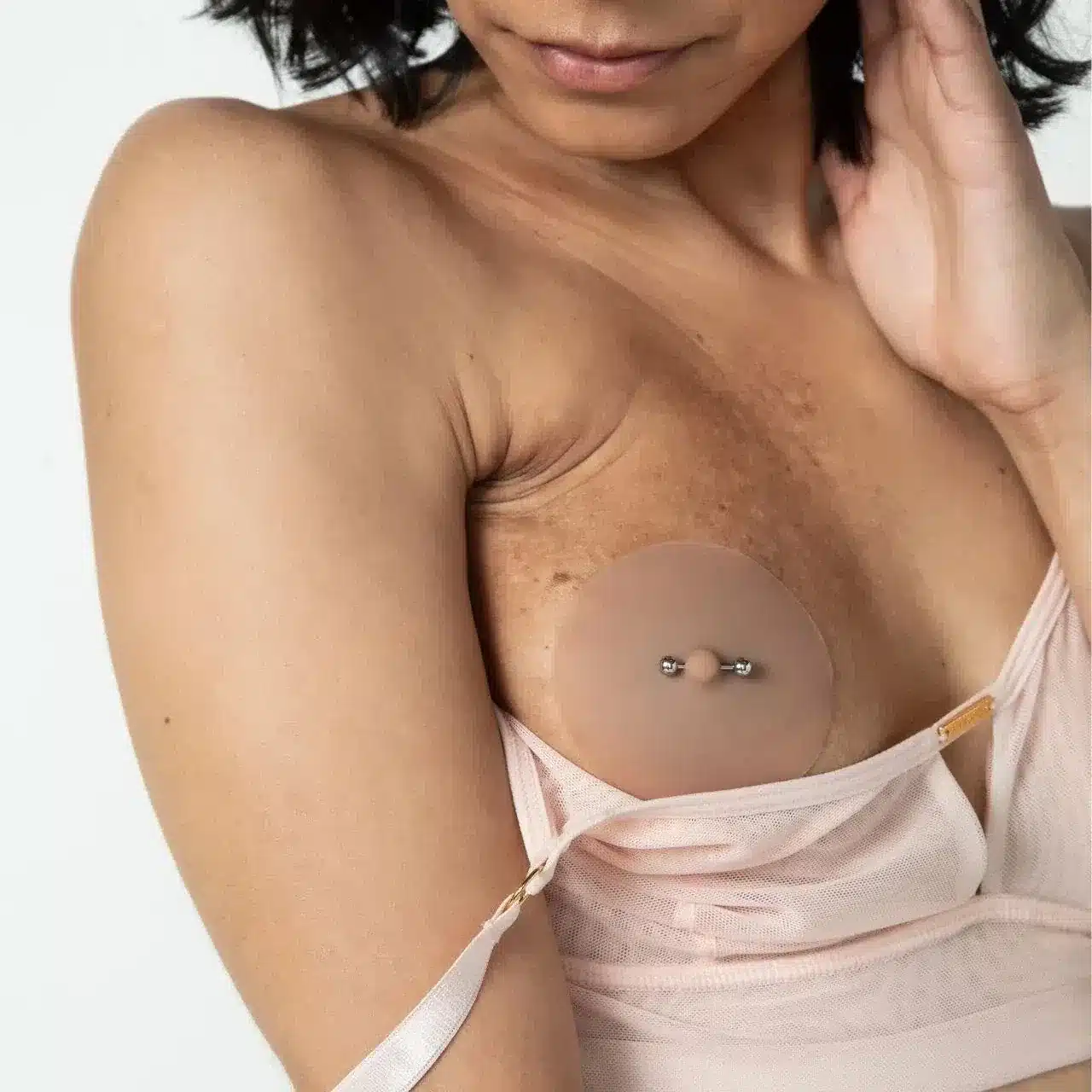
Jewelry choice can impact your healing process
Barbells are standard for initial piercings—they allow room for swelling and reduce rotation. Avoid rings or hoops while healing. Opt for high-quality materials like implant-grade titanium or 14K gold to minimize reaction risks. Good jewelry can mean fewer complications.
You’ll need to commit to daily aftercare
Saline soaks (or sterile saline sprays), gentle showers, and breathable clothing are key. Don’t touch or twist the jewelry. Avoid sleeping on your front, wearing tight bras, or using harsh soaps. The first few months are delicate—respect the healing window.
They’re more common—and diverse—than ever
From femme-forward self-expression to gender-affirming moments, nipple piercings have been embraced across communities and styles. They’re deeply personal, yet quietly universal. Some see them as empowering; others love the beauty of the symmetry. Either way, they’re less taboo than they used to be.
Things to watch out for
If you notice swelling that worsens, thick discharge (green or yellow), or persistent redness, check in with your piercer or a medical professional. Minor irritation is normal early on—but lingering signs of infection aren’t.
A nipple piercing isn’t just a trend—it’s a decision. One that calls for knowledge, trust in your piercer, and respect for your body’s healing rhythm. Done right, it can be empowering, stylish, and uniquely yours.

